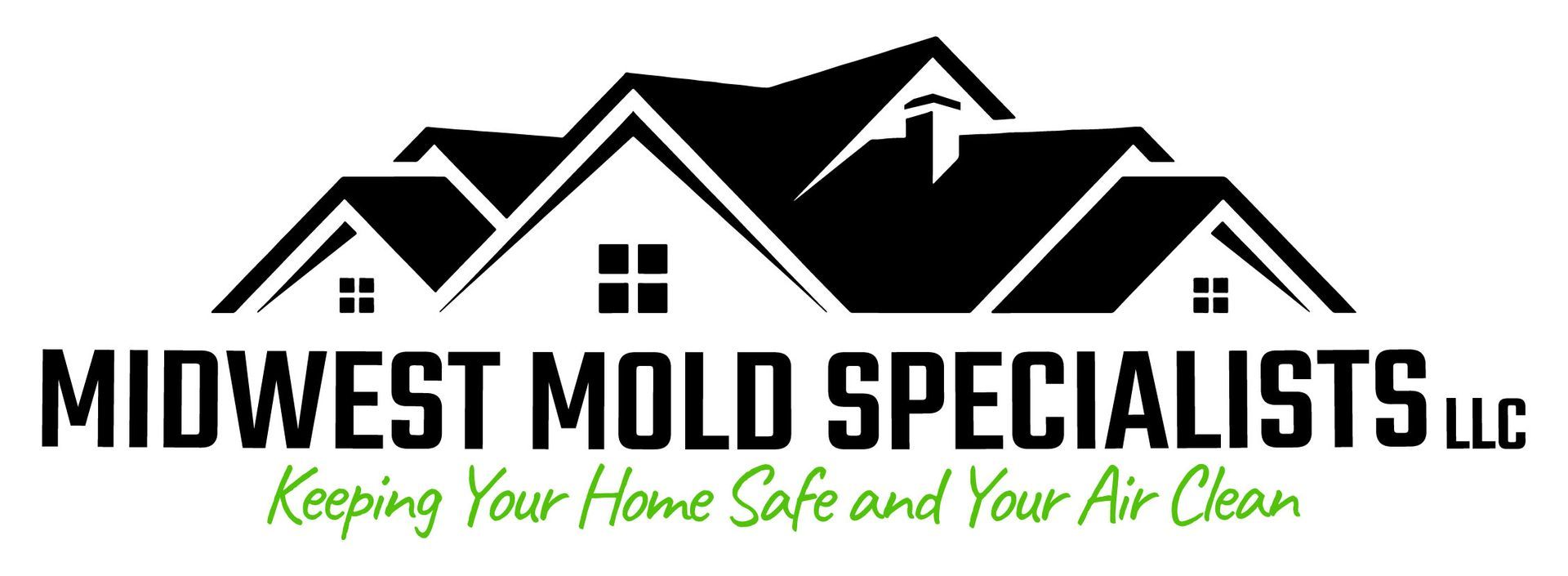FAQs
Midwest Mold Specialist LLC
Have a mold-related question? Midwest Mold Specialist LLC has the answer.
Check out these FAQs and give us a call today for more information!
Are you licensed, bonded, and insured?
Yes, our company is fully licensed, bonded, and insured. This comprehensive coverage ensures that our clients can have complete confidence in our services and protection throughout the entire project process.Do you provide free estimates?
We do offer complimentary estimates for all of our services. This allows our clients to understand the scope and cost of their project without any financial commitment, promoting transparency in our business practices.What services do you offer?
Our service offerings include comprehensive mold remediation, thorough mold testing, effective mold prevention strategies, professional crawlspace encapsulation, and tailored solutions designed to address the specific mold-related concerns of each client.What are the environmental benefits of molds, and how can their presence in a home negatively impact health and property if left untreated?
Molds play a crucial role in the environment by breaking down organic matter, such as dead plants and animals. This process helps recycle nutrients back into the ecosystem. that also means that mold inside of your home can be very harmful to not only your health but also your home the longer it is left untreated.
How does mold reproduction through airborne spores contribute to its ability to colonize new areas?
Mold reproduces by releasing tiny spores into the air. These spores can travel long distances, which helps mold and colonize new areas.
What factors contribute to the incredible diversity of mold, with over 100,000 known species and potentially many more yet to be discovered?
There are over 100,000 different species of mold. Scientists estimate that there may be many more yet to be discovered. This makes mold one of the most diverse groups of organisms on the planet.
How do molds demonstrate resilience by surviving extreme conditions, and why is it important to manage them properly in such environments?
Molds can survive extreme conditions, including high radiation levels and low temperatures. Some can even grow in environments with limited nutrients, making them incredibly resilient so it is crucial that it is dealt with properly!
What are the different phases of mold?
1. Mold begins with spores, which are tiny reproductive units released into the air. These spores can be carried by air currents and land on various surfaces.
2. For mold to grow, it requires moisture. This can come from humidity in the air or from damp surfaces. Mold thrives in environments with a relative humidity level above 60%.
3. Mold needs organic materials to feed. Common nutrient sources include wood, paper, fabric, and even dust. Places like basements, kitchens, bathrooms, and crawlspaces are often prone to mold growth because they provide both moisture and organic materials.
4. Most molds prefer warmer environments, typically between 60°F and 80°F (15°C - 27°C), although some can thrive in cooler conditions so crawlspaces that have issues with moisture or wall cavities that may have been wet are more prone to colony growth.
5. While mold can grow in still air, good air circulation helps disperse spores and can prevent an excess build-up of moisture. Poor ventilation can lead to mold growth. When spores land on a suitable surface with the right moisture and nutrients, they germinate and begin to grow, forming a network of filaments called hyphae. As these hyphae spread, they can produce more spores, allowing for further growth and colonization of the area. Promptly addressing moisture issues and maintaining cleanliness can help prevent mold growth in homes and buildings.
Learn More About
Midwest Mold Specialist LLC
Serving the Joplin, MO area. Midwest Mold Specialist LLC specializes in mold remediation and mold testing. Customer satisfaction guaranteed. Next-day services available. Military discounts available. Contact us today.
serving Area
Joplin, MO
Webb City, MO
Neosho, MO
Carthage, MO
And Surrounding Areas
Business Hours
- Mon - Fri
- -
- Sat - Sun
- Closed

Share On: